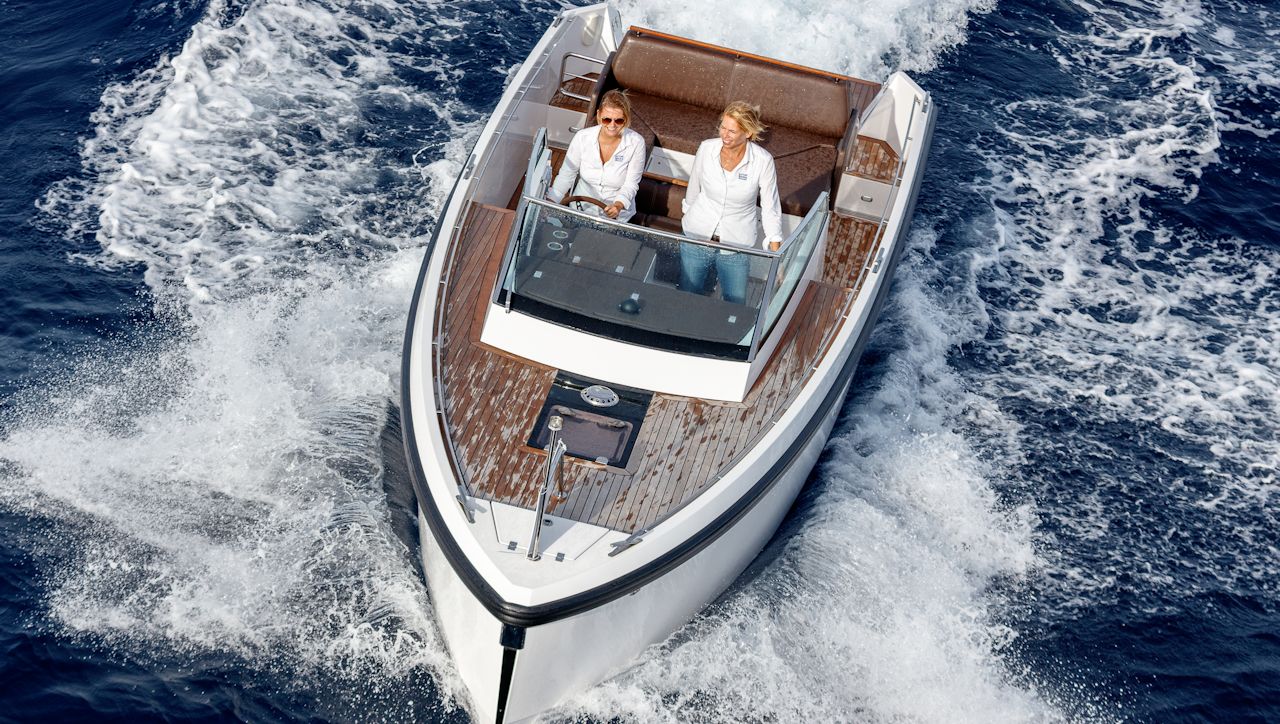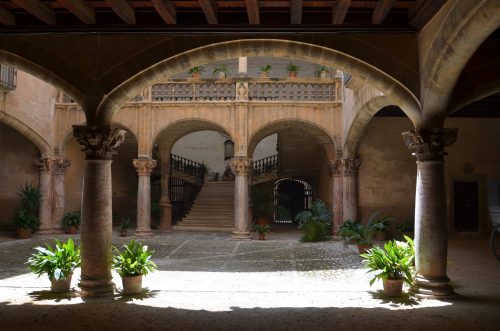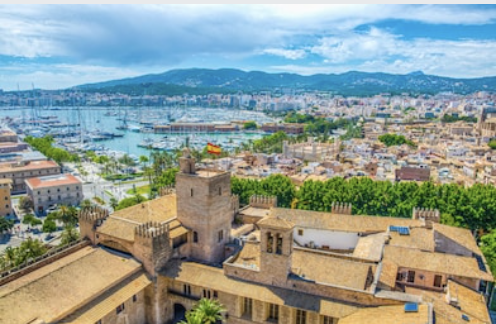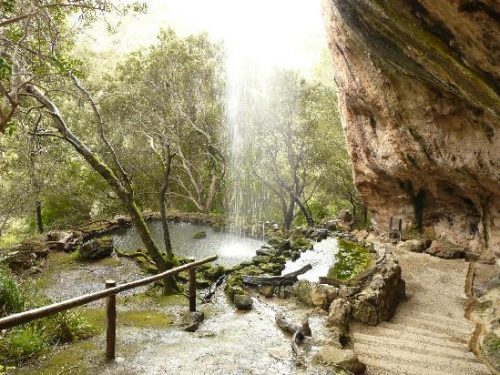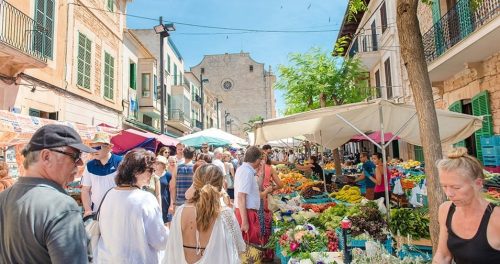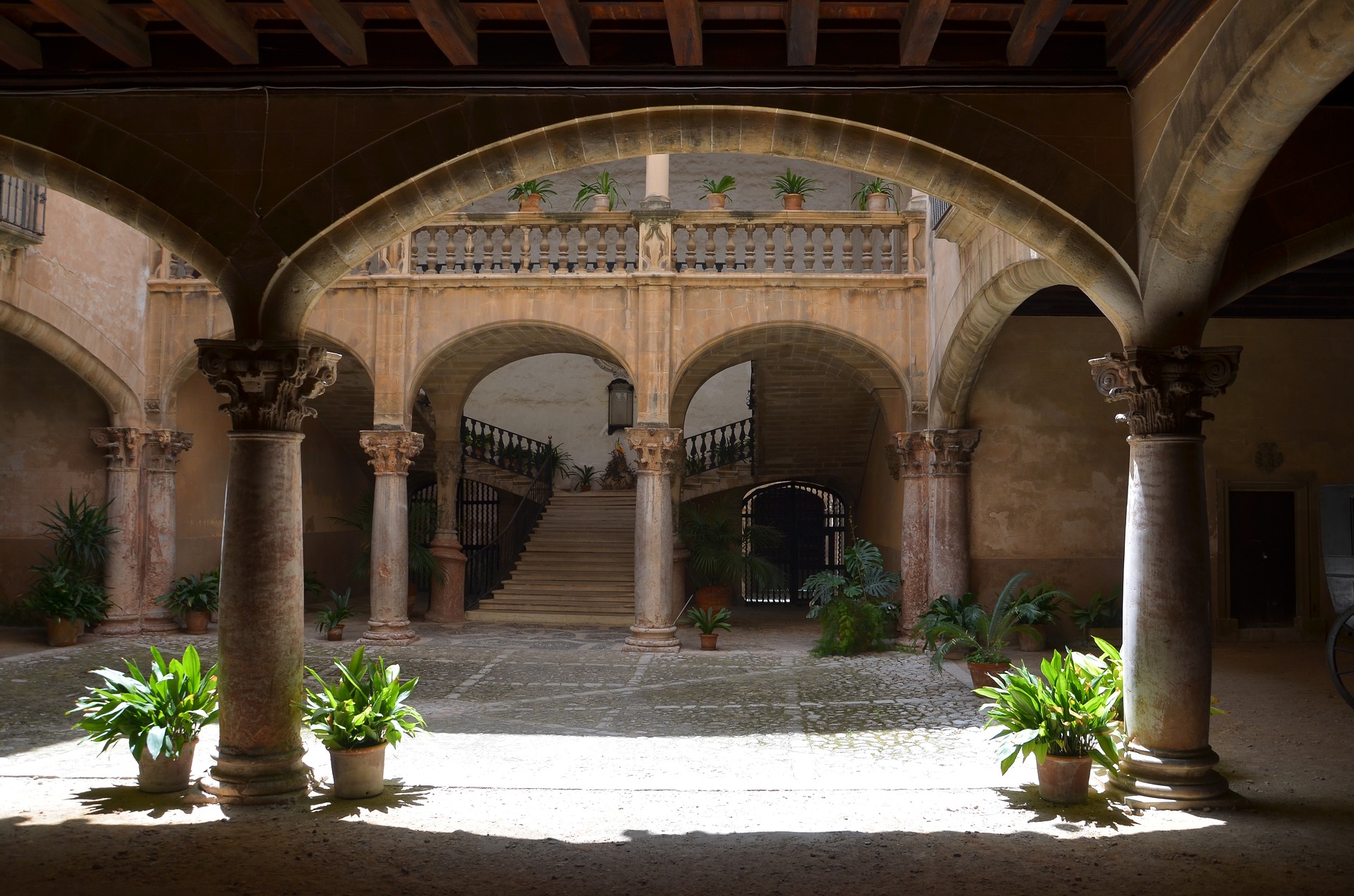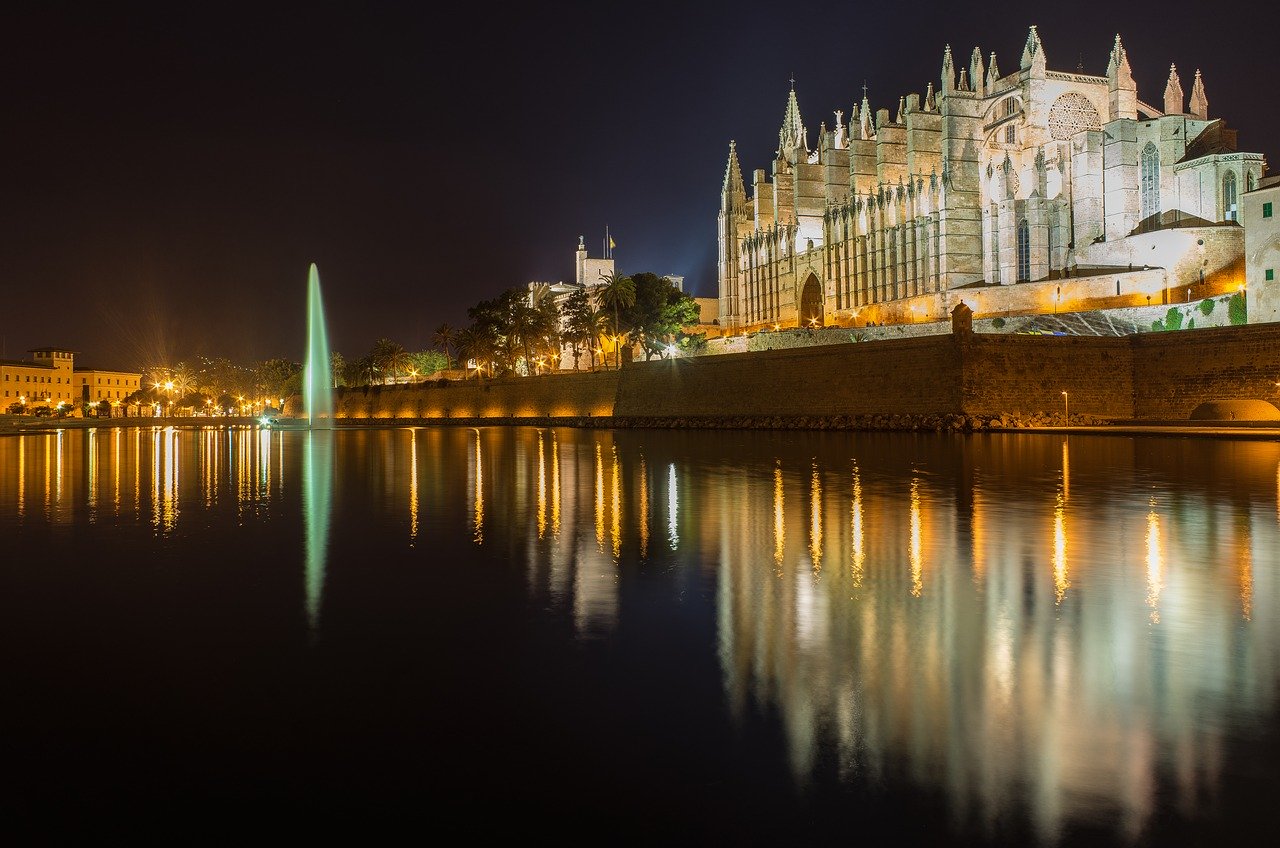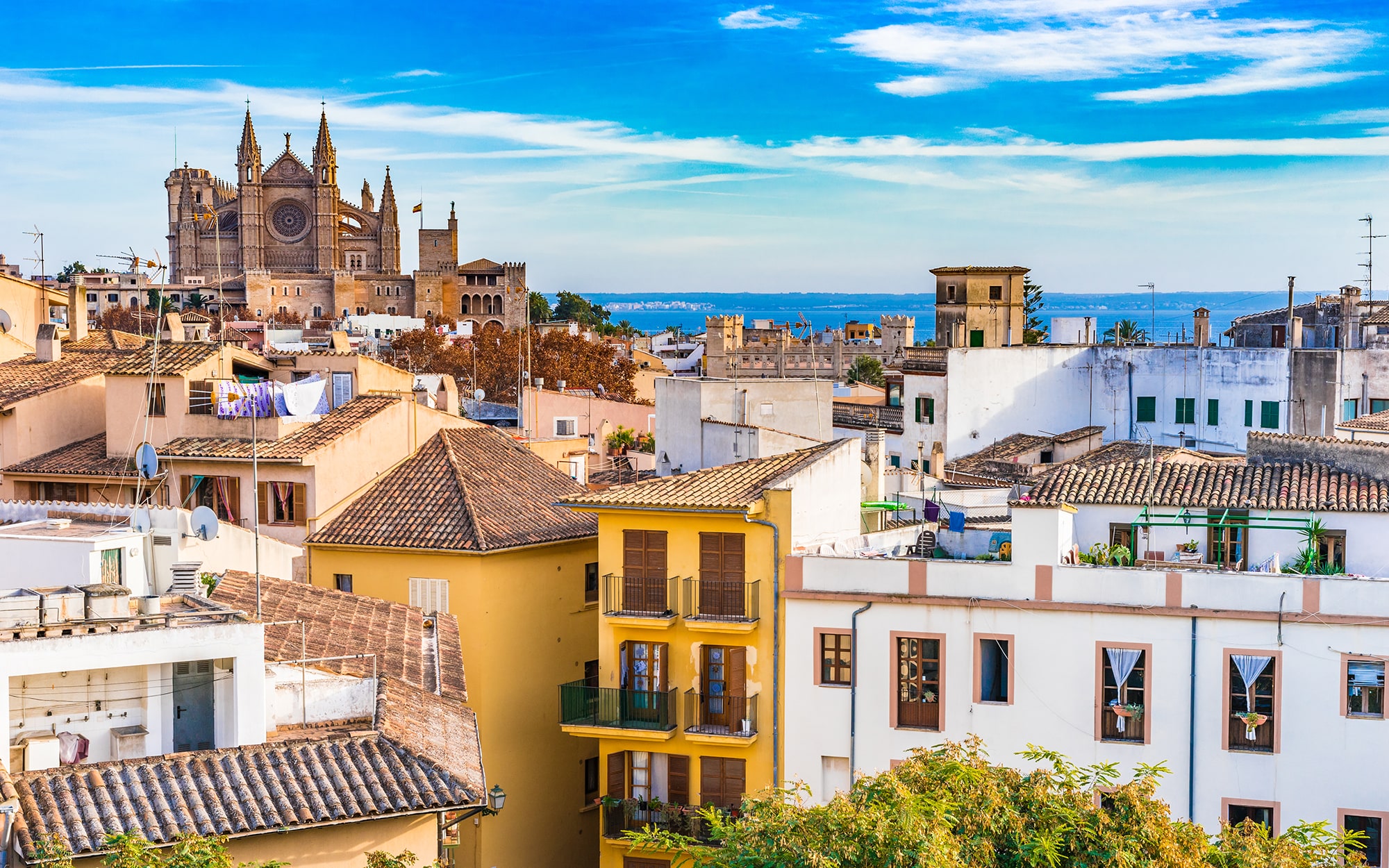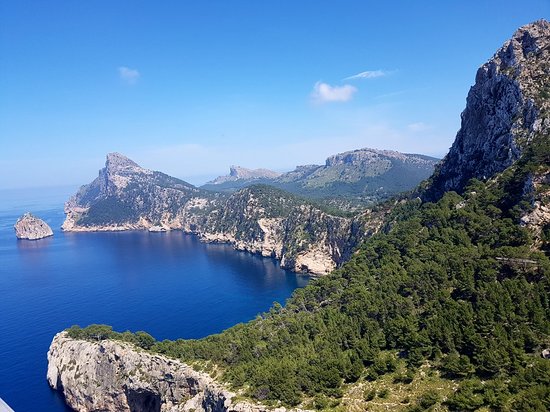In this article, I will show you why Mallorca can (and will) fulfill your expectations and your desire for “more”.
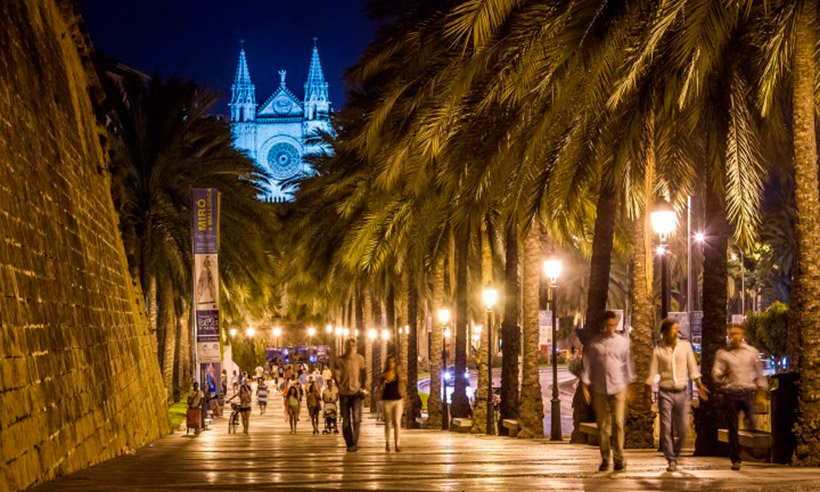
A bit of history…
We will start with a little bit of history, just so you know that what you can see in Mallorca if you choose it as a holiday destination has a deep meaning, that goes back in history, centuries ago. On the island of Majorca, an outstanding choice of cultural routes has developed, defining a journey from prehistoric times until the present day. From a historical perspective, three thousand years back, talaotic tribes set up their stone-built communities not just on Mallorc,a but throughout the Balearics. There are various archaeological sites spread widely over the largest of the Islands.
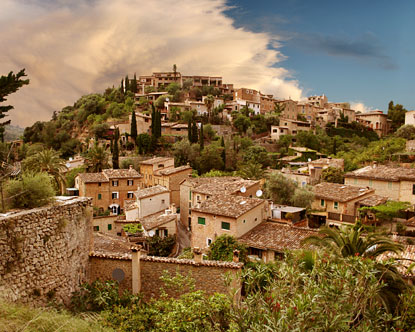
Cultural influences, that you can discover when coming to Mallorca
Sites of human habitation which have been excavated and embellished with access points and explanatory signposting for visitors can be seen at Capocorb Vell in Llucmajor, ses Païsses in Artà and Son Real in Santa Margalida. The restoration work provides visitors with a chance to see at first hand how life existed in prehistoric times. The influence of the Romans is most in evidence in the city of Pollentia in Alcúdia.
Features reminding us of the era of Islamic domination of Mallorca can still be seen in the Arab Baths in Palma, in some traces of street planning and urban dwellings, in some systems of water channeling, and in place names of Arabic origin.
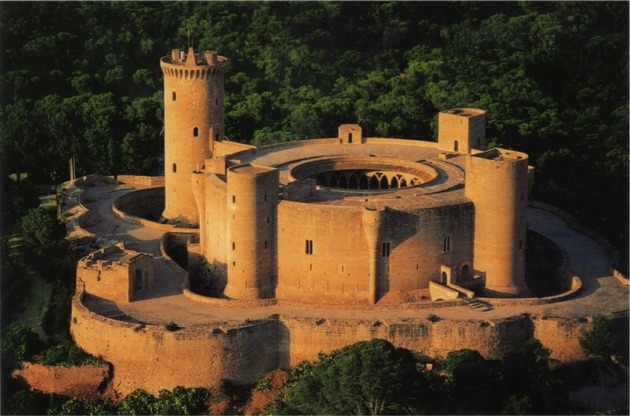
The Museum of Mallorca
The Museum of Mallorca has some of its rooms dedicated to this historical period which finished in 1229 with the Catalan and Aragonese conquest of Mallorca. Spread around the Island in large numbers are lookout towers, stone fortifications for defence, monasteries such as those built at Lluc and Cura, hermitages and castles – most notably Bellver Castle (west of Palma) allows us a glimpse into other historical periods
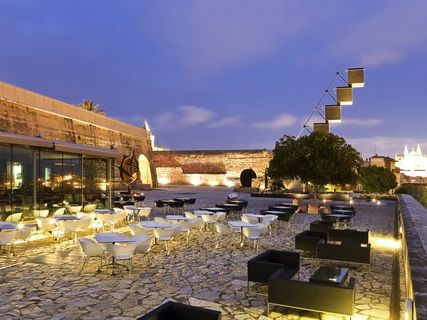
Gothic Art
Tourist excursions, essentially in Palma which explore gothic art – civil, religious and military – provide a portrait of the Middle Ages in the Balearics. The flagstoned courtyards embedded in the manorial homes of the old part of Palma show us the splendor of an era and of a social class whose way of life linked the gothic, renaissance, baroque and neoclassic eras of the city. Churches, not just in Palma, but also the majority of outlying towns of the Island are windows onto the region’s historical and artistic heritage from gothic times until the present day.
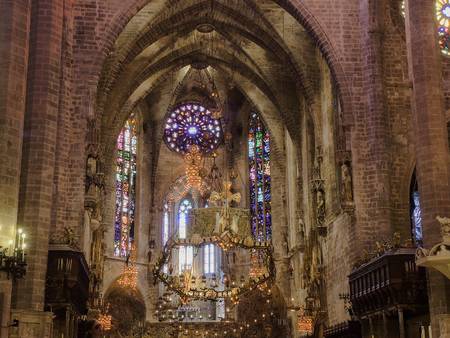
Modernity
Another route which can be taken by tourists features a look at the influence of early twentieth century Modernism on the architecture of Palma and other key centres of the Island in cultural terms, such as Soller and Bunyola. Similarly, the cult of rationalism – the principle that human reason rather than divine revelation is the correct means of regulating human behaviour – had an important presence in construction in the region during the XXth century.
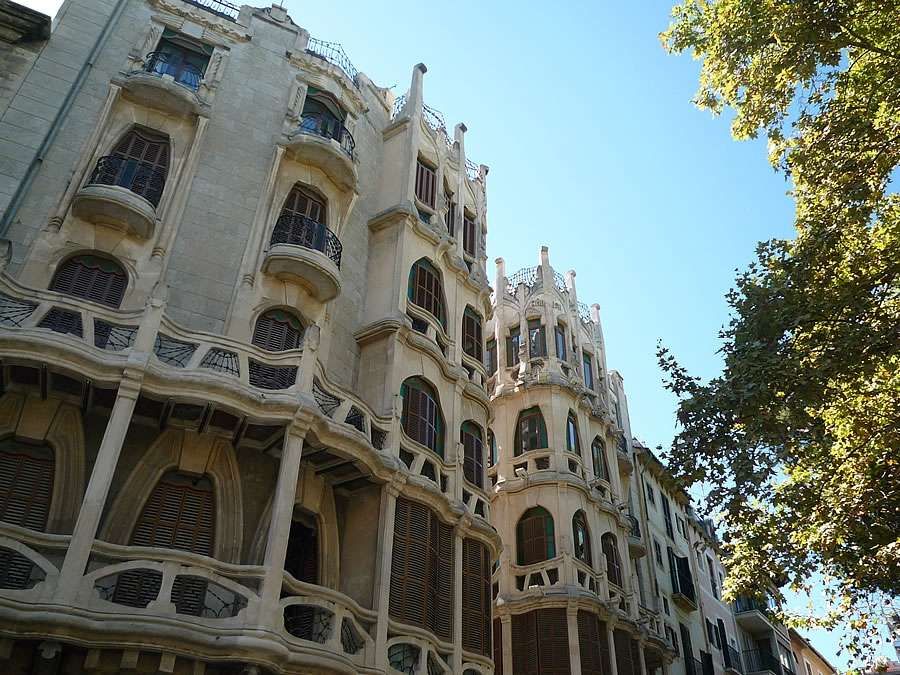
Tourist Route & Architecture
The tourist route which explores the so-called «possessions» – mansions built on a grand scale in extensive grounds out in the country – includes such rural estates as Planisi, s’Estaca, Raixa, Alfàbia, sa Granja, and Son Marroig in the Tramuntana mountain range. Also in this category are es Calderers at Sant Joan and Son Sant Martí in Vilafranca, Son Real in Santa Margalida and Aubarcain Artà. All these magnificent properties present a variety of styles of architectural heritage of great value, beautifully maintained across the centuries right up until the present day. Over the last decades, many of these ancestral estates have been converted into rural hotels.

Cultural routes
A number of the cultural routes suit walkers and excursionists. The Dry Stone Route runs through the Tramuntana mountains. It is dotted with mountain refuges built in unique structures which have been reformed using techniques which are traditional to local architecture. The cultural landscape of the Tramuntana mountains was declared a World Heritage Site by UNESCO in 2011. The Llevant Natural Park is another place to go for those who enjoy following nature trails – there is also the opportunity to book accommodation in refuges there. All these itineraries provide visitors with an insight of how the lives of people on the Islands over the centuries have shaped the landscape that we see today.
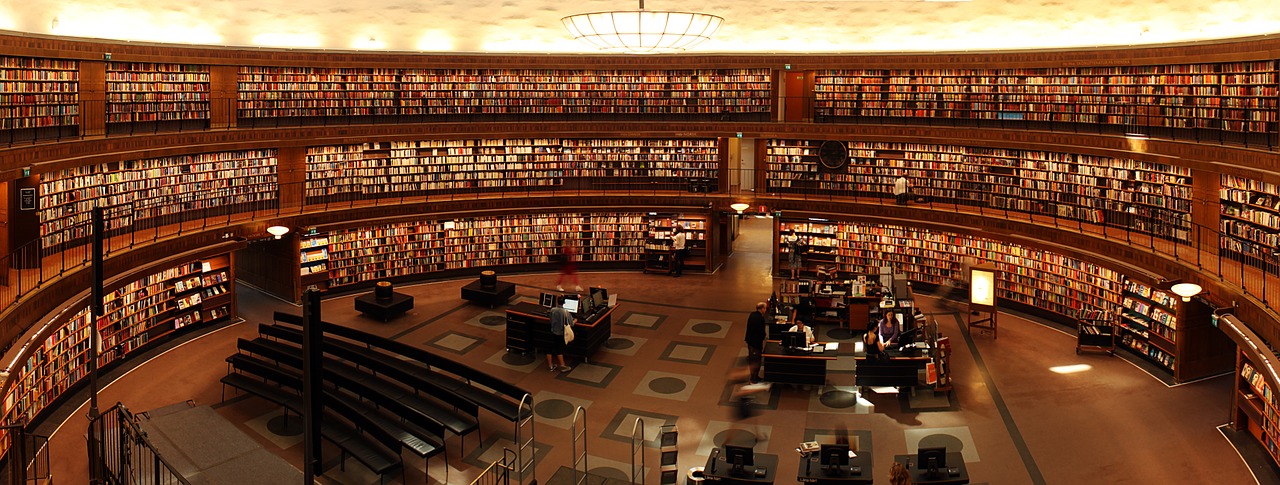
Photo credits: destination360.com, mallorcarunawayguide.com, 123RF.com, SeeMallorca.com, mallorca.com and hola.com.
Food
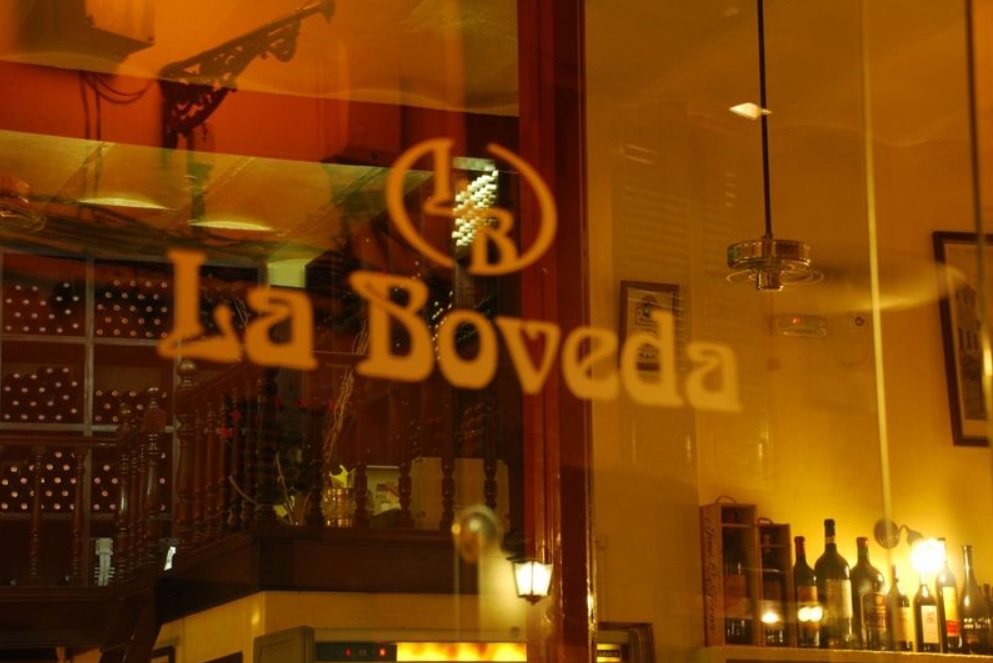
One of the oldest and best-known tapas restaurants on Mallorca
Tourism nowadays has changed a lot. If we are to look at modern society’s top preferences, we will
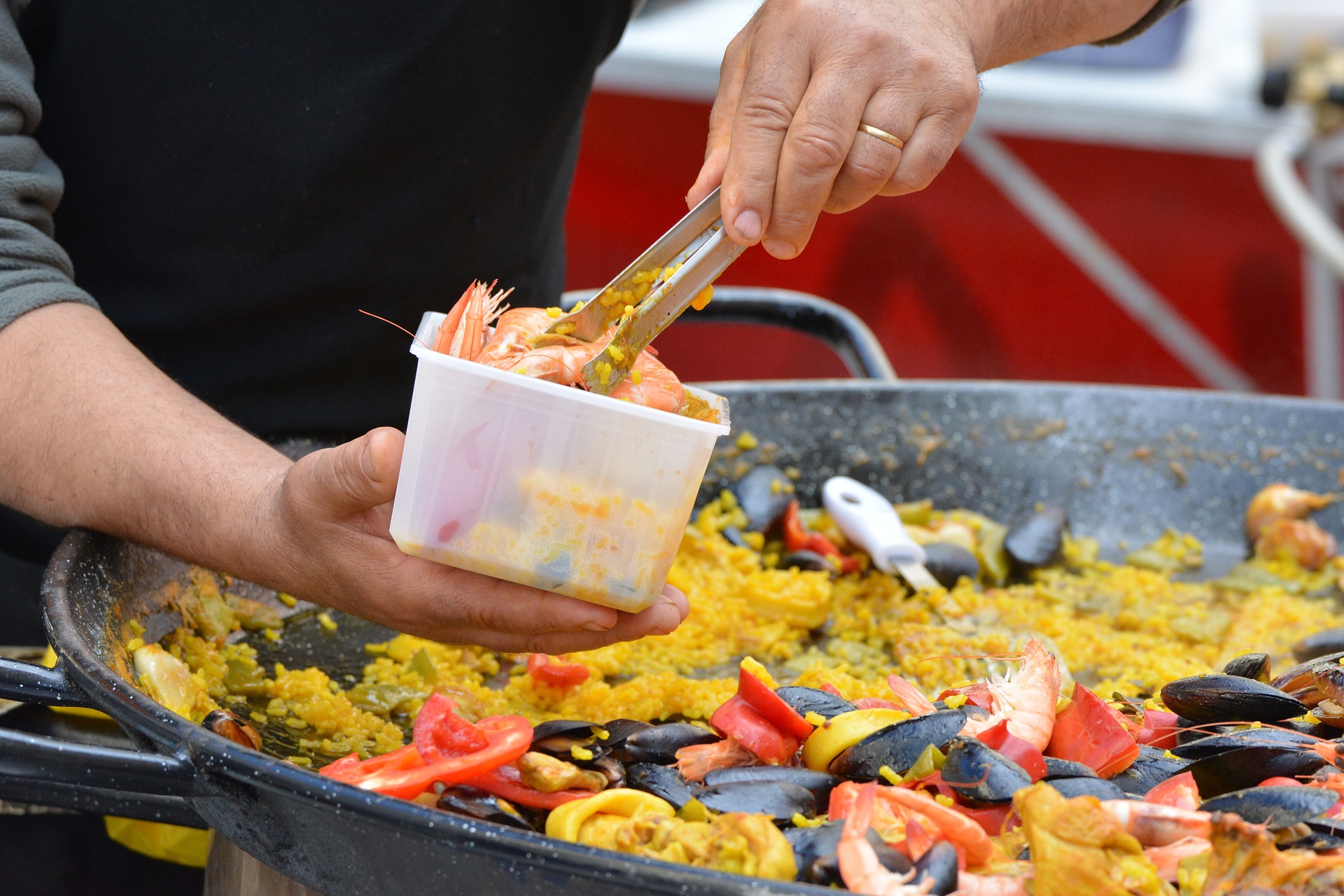
Three places in Palma to try rice during your visit
Tourism nowadays has changed a lot. If we are to look at modern society’s top preferences, we will
Tips
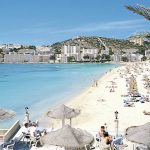
Santa Ponsa Beach
Tourism nowadays has changed a lot. If we are to look at modern society’s top preferences, we will
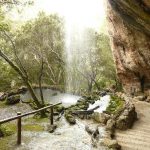
A little bit of magic ❣️
Tourism nowadays has changed a lot. If we are to look at modern society’s top preferences, we will

Sustainable Mallorca
Tourism nowadays has changed a lot. If we are to look at modern society’s top preferences, we will
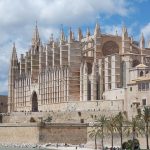
Multicultural Palma de Mallorca: every trip becomes a lesson
Tourism nowadays has changed a lot. If we are to look at modern society’s top preferences, we will
Trips

Mallorca from above
Tourism nowadays has changed a lot. If we are to look at modern society’s top preferences, we will
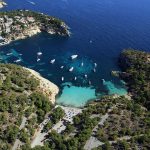
Portals Vells
Tourism nowadays has changed a lot. If we are to look at modern society’s top preferences, we will
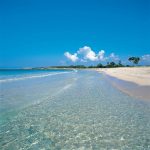
Es Caragol
Tourism nowadays has changed a lot. If we are to look at modern society’s top preferences, we will
Cala Santanyi
Tourism nowadays has changed a lot. If we are to look at modern society’s top preferences, we will



